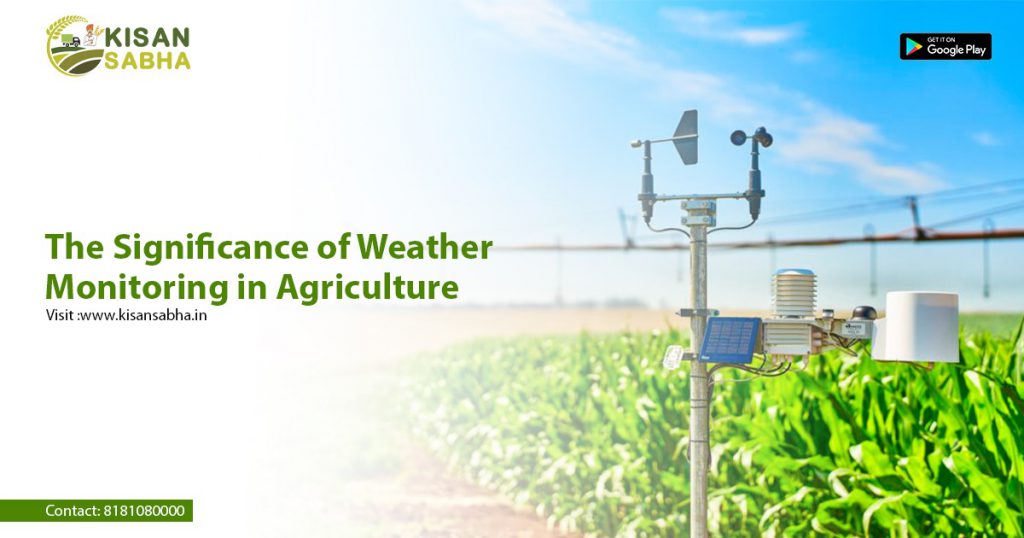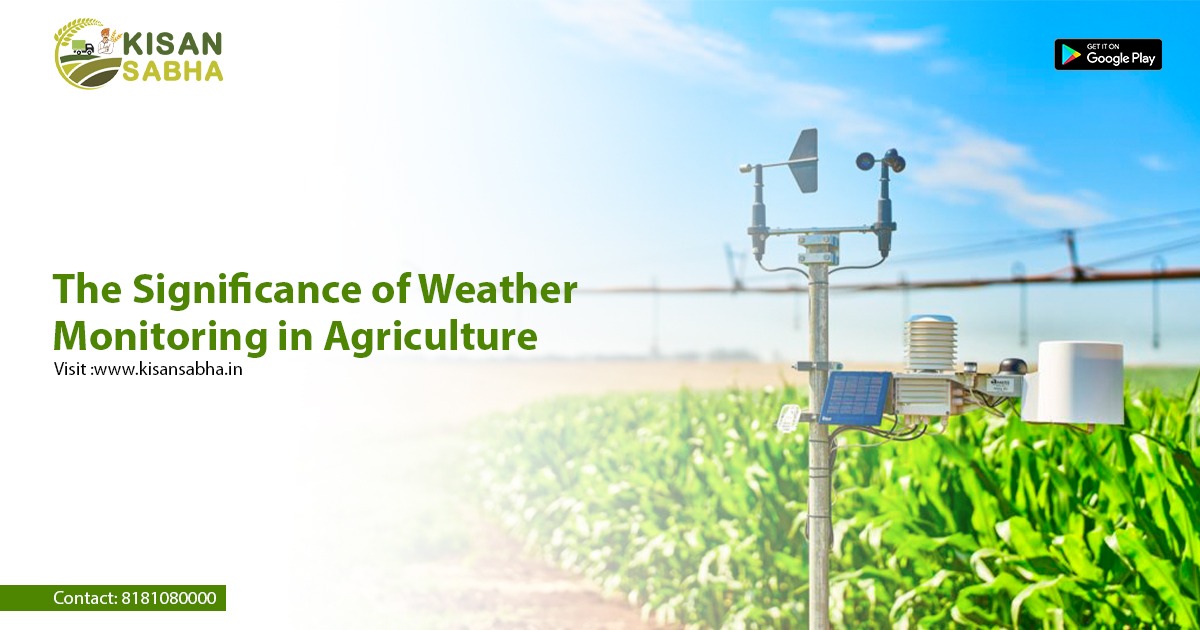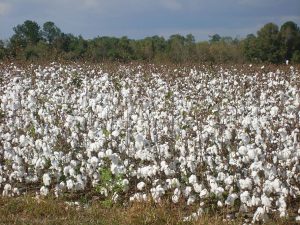We’re all worried about the weather. We not only desire for bright, sunny days so that we may go swimming, enjoy nature, or carry out necessary agricultural tasks, but we also occasionally wish for rain so that the plants can be just watered or so that we can dance with umbrellas on the puddled streets.
The most significant factor affecting agricultural productivity, however, is the weather, unlike other businesses. It can affect the development of the crop, the overall output, the presence of pests, the requirement for water and fertiliser, and other farming operations carried out during the growing season. In other words, farming outdoors is heavily dependent on the weather and is vulnerable to its gloomy circumstances, particularly in the modern day when climate change causes unpredictable weather that is out of human control.
Weather Unpredictability vs. Farmers
A farmer cannot control the weather. He can, however, adapt to the current circumstance and implement extra farm management techniques to reduce crop losses. Thus, it’s critical to have correct weather information so that farming operations may get planned without unfavourable outcomes.
The greatest approach to safeguard crops and ensure a large and healthy harvest is to have information of current meteorological conditions including air and dew temperature, precipitation, and humidity. Weather extremes like drought, flood, hail, or cold may instantly stress plants, which can result in failing output and higher costs. Accurate weather forecasts are essential for managing and ensuring profitable crop production.
It is extremely useful for farmers whose livelihoods are heavily reliant on the weather and is accessible via radio, television, mobile devices, and computers.

Monitoring the weather is essential for farmers to succeed.
The weather has a direct impact on crop growth. For their germination to begin and subsequent growth, certain crops need a range of high or low temperatures. The appearance of different insect pests and diseases, on the other hand, is frequently predicted using temperatures and humidity. Based on this knowledge, farmers may schedule the planting, covering, harvesting, and other field activities to minimise adverse weather conditions and production reductions.
Weather is the single element that influences crop production. To provide details on the current crop-growing environment, it includes weather observations of every field.
Some of the measuring possibilities available through weather monitoring to deliver important information about soil and crop conditions include:
temperature differences between the air and the ground
- Comparative humidity
- wet soil
- Rainfall
- Wind direction/speed
- Evapotranspiration
All measured characteristics may get used for particular field activities, such as a timetable for irrigation events, models for insect alarms, and timing for fertilization and protection of crops. Successful farm management depends on farming based on meteorological information. But more crucially, it promotes environmentally friendly farming.
Today’s farmers utilize devices known as weather stations to assess environmental conditions precisely. The most important industry is farming since it gives us the food we need to live. Agriculture must be more productive and sustainable than ever before despite the many effects of climate change. In this approach, sustaining healthy plants as well as increasing yield and profitability depend on proper weather monitoring.
Visit us- www.kisansabha.in





